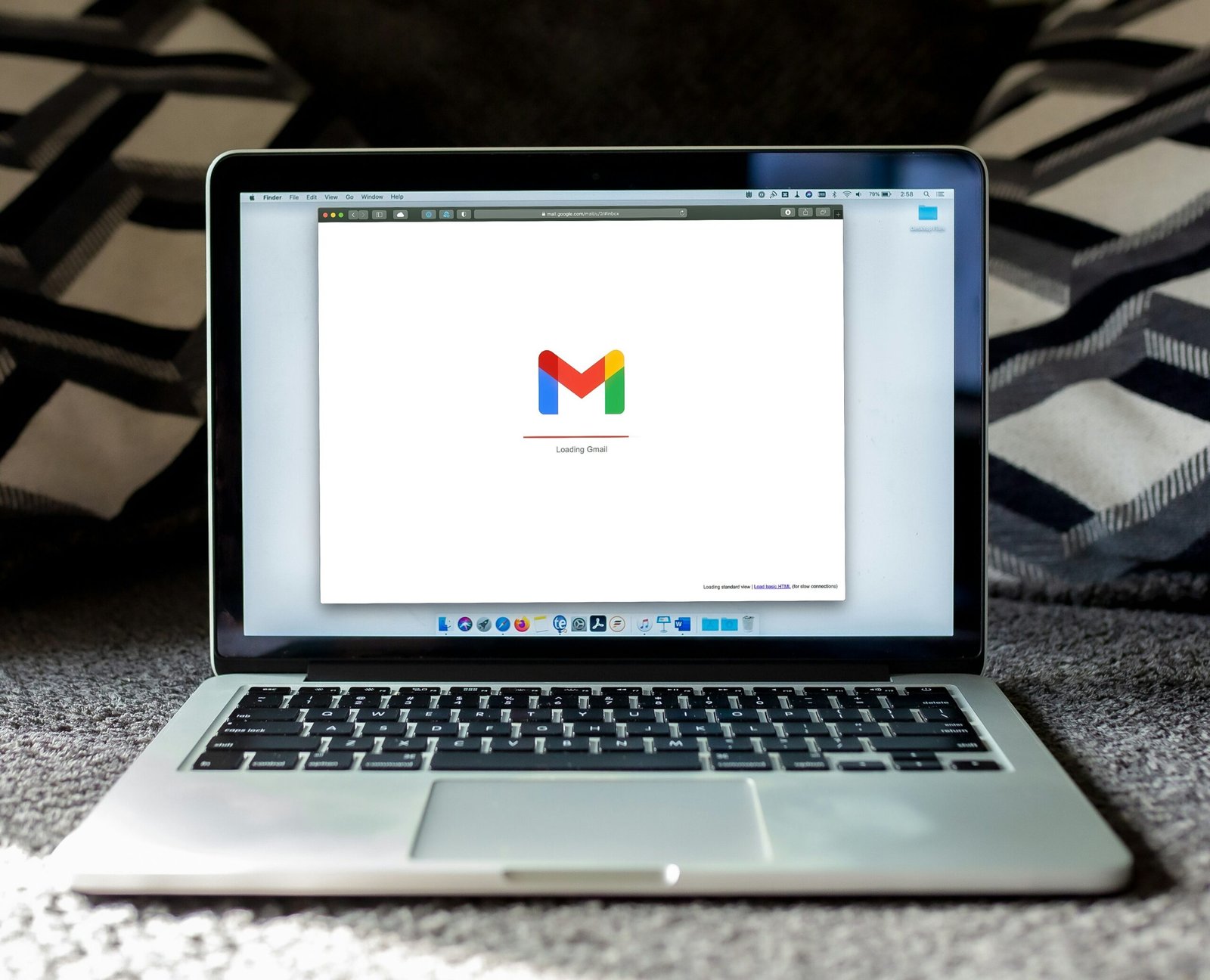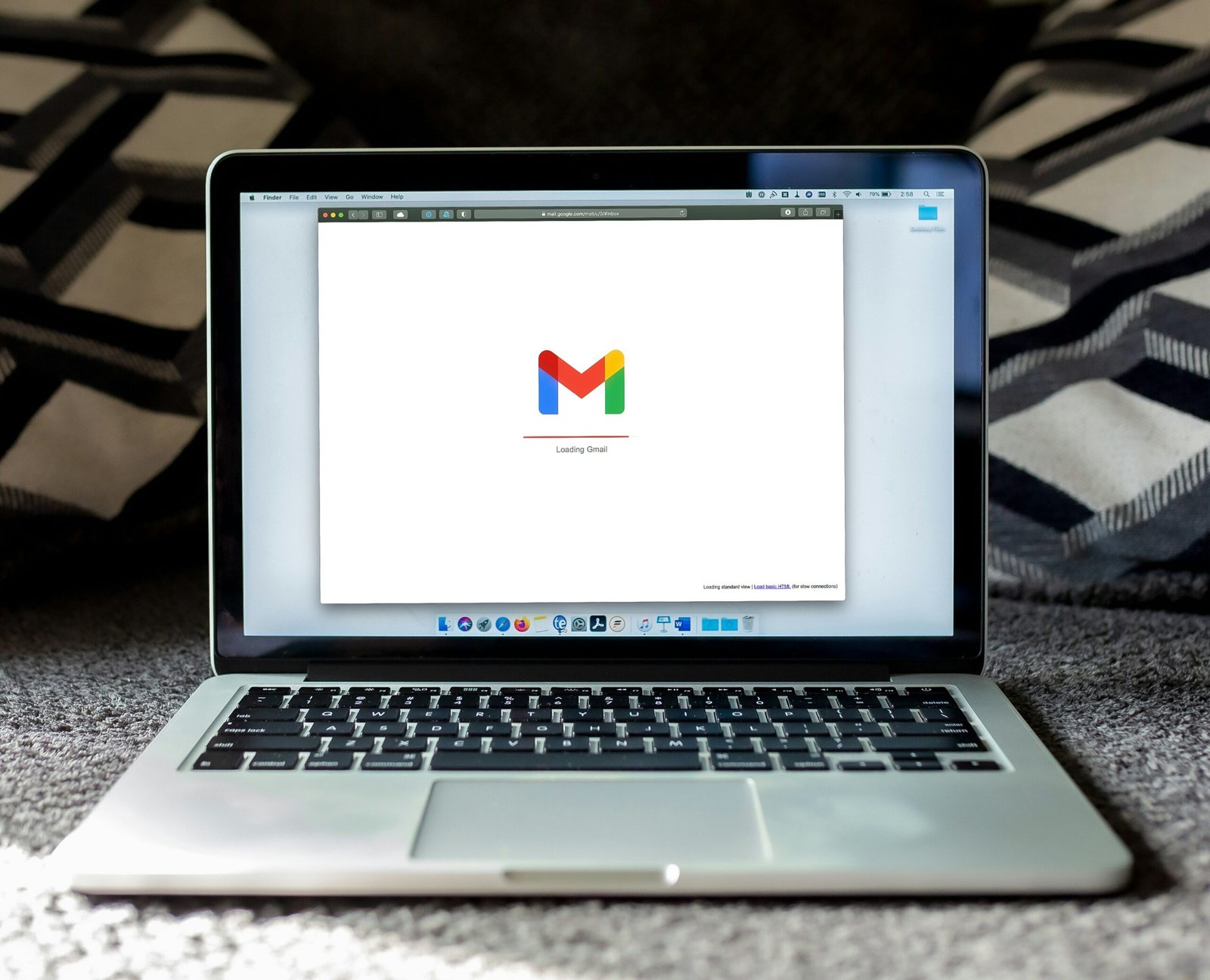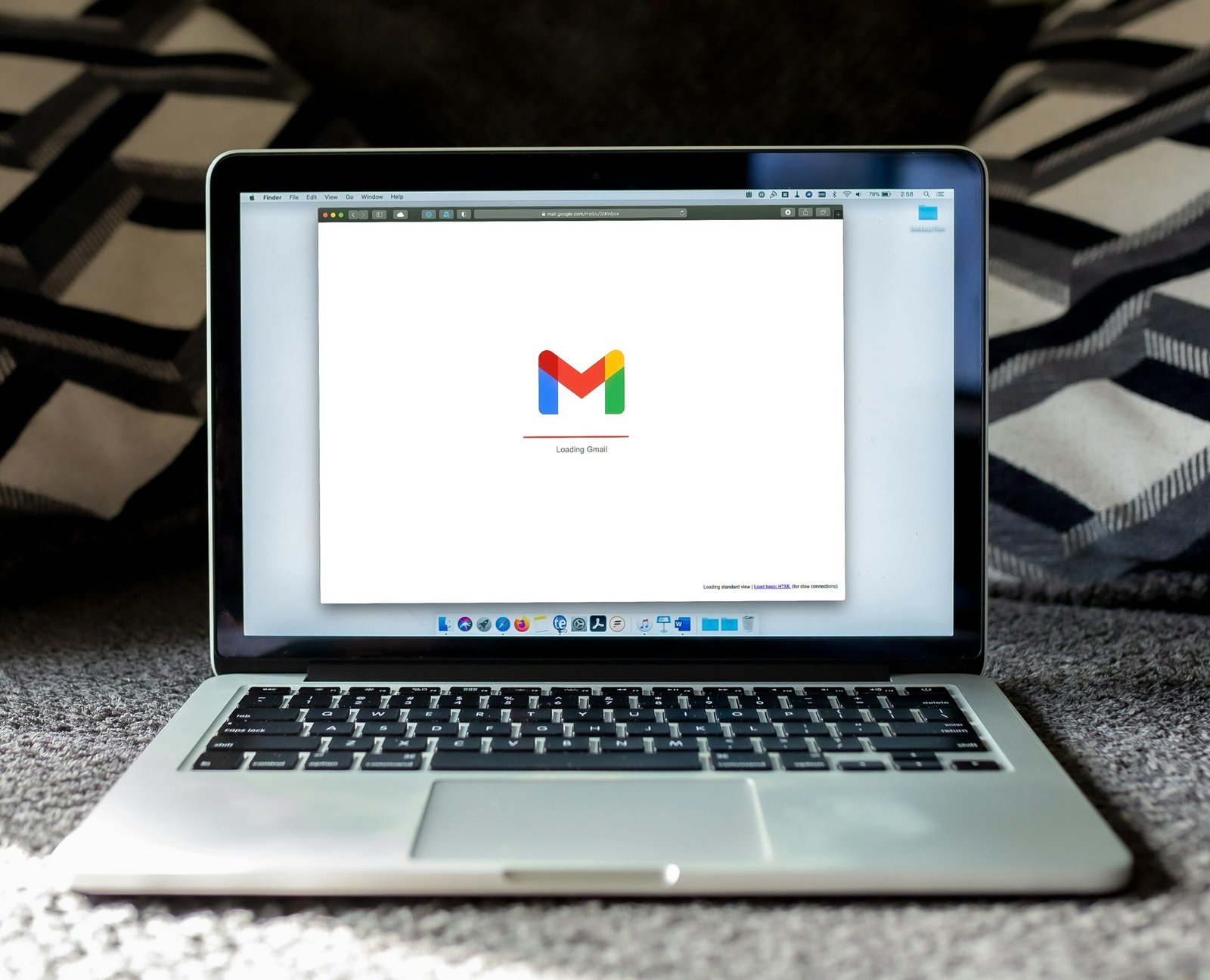5 Types of E-commerce Emails Where You Could Use Data-Driven Personalization
Cart Abandonment Emails
Cart abandonment is a significant challenge for e-commerce businesses, with countless potential sales slipping through the cracks daily. Addressing this issue with data-driven personalization can considerably improve engagement and conversion rates. By utilizing various data points, businesses can craft personalized messages that resonate with customers and encourage them to complete their purchases.
One of the primary data points for personalizing cart abandonment emails is the customer’s browsing history. By analyzing the products a customer has viewed, businesses can create tailored content that highlights these items, reinforcing the customer’s interest. Additionally, incorporating the exact items left in the cart within the email provides a visual reminder, making it easier for the customer to recall their intent to purchase.
Past purchase behavior is another valuable data point for personalization. By examining previous orders, businesses can suggest complementary products or recommend items that align with the customer’s preferences. This approach not only enhances the relevancy of the email but also demonstrates an understanding of the customer’s needs and interests.
Personalized subject lines play a crucial role in capturing the recipient’s attention. By incorporating the customer’s name or referring to the specific items in their cart, businesses can create a sense of familiarity and urgency. For instance, a subject line like “Don’t miss out on your favorite items, [Customer’s Name]!” can compel the recipient to open the email and take action.
Including time-sensitive discounts or special offers is another effective strategy to entice customers to complete their purchase. By creating a sense of urgency, such as limited-time discounts, free shipping offers, or exclusive deals, businesses can motivate customers to finalize their transactions before the offer expires. Additionally, highlighting the popularity or limited availability of items can further encourage prompt action.
Incorporating data-driven personalization in cart abandonment emails enables e-commerce businesses to re-engage customers by delivering highly relevant and compelling messages. By leveraging browsing history, cart contents, past purchase behavior, personalized subject lines, and time-sensitive discounts, businesses can significantly reduce cart abandonment rates and boost sales.
New Product Announcements
In the competitive landscape of e-commerce, new product announcements can significantly benefit from data-driven personalization. Utilizing customer data such as previous purchase history, product preferences, and browsing behavior, businesses can create tailored, impactful email campaigns that resonate with individual recipients.
By analyzing previous purchase history, e-commerce businesses can identify patterns and preferences unique to each customer. For instance, if a customer frequently purchases athletic wear, a new product announcement email can highlight the latest arrivals in that category, emphasizing features that align with their interests. This targeted approach not only captures attention but also increases the likelihood of conversion.
Browsing behavior is another critical data point for crafting personalized new product announcements. By tracking the products and categories a customer frequently explores, businesses can send emails featuring similar items or complementary products. For example, if a customer often browses eco-friendly products, the email can showcase new sustainable options, thus aligning the announcement with the recipient’s values and preferences.
Moreover, data-driven personalization enables businesses to reward loyal customers with exclusive offers. Early access to new products can be a compelling incentive for repeat purchasers. An email that conveys a sense of exclusivity, such as “As a valued customer, you’re invited to preview our latest collection,” can enhance brand loyalty and encourage immediate action.
Incorporating personalized elements, such as the recipient’s name and specific product recommendations, further enriches the email content. Personal touches can make the announcement more engaging and foster a deeper connection with the customer. For instance, an email might start with, “Hi [Customer Name], we think you’ll love our new [Product Name] based on your interest in [Related Product].”
Ultimately, leveraging data-driven personalization in new product announcements not only makes the communication more relevant but also enhances customer experience, driving higher engagement and sales. By focusing on individual preferences and behaviors, e-commerce businesses can turn a simple product launch into a strategically targeted campaign that resonates with each recipient.
New Content Announcements
Personalized emails play a crucial role in enhancing the effectiveness of new content announcements. By leveraging data-driven personalization, businesses can ensure that their content reaches the right audience, thereby increasing engagement and driving more significant outcomes. Various types of content, such as blog posts, guides, or videos, can be effectively promoted through these emails.
To tailor these announcements, businesses can utilize customer data such as interests, past engagement with content, and demographic information. For instance, if a customer frequently engages with blog posts about digital marketing, the email can highlight new articles or guides related to that topic. This ensures that the content is relevant and valuable to the recipient, increasing the likelihood of interaction.
Moreover, personalized content recommendations can be seamlessly integrated into these emails. For example, if a customer has shown interest in video tutorials, the email could feature a new video series tailored to their preferences. By doing so, businesses can provide a more customized experience that resonates with the recipient and encourages further engagement.
Audience segmentation is another critical aspect of maximizing the impact of personalized new content announcements. By dividing the audience into distinct segments based on criteria such as behavior, purchase history, or demographics, businesses can craft more targeted and relevant messages. For example, a segment of young professionals interested in career development might receive emails promoting new blog posts or webinars on professional growth strategies. In contrast, a segment of tech enthusiasts might receive updates on the latest tech guides and reviews.
Incorporating data-driven personalization in new content announcement emails not only enhances the relevance and appeal of the content but also fosters a stronger connection with the audience. This approach ensures that each recipient receives content that aligns with their interests and needs, ultimately leading to higher engagement and better business outcomes.
Deals and Discounts
Data-driven personalization plays a crucial role in optimizing emails that offer deals and discounts. By leveraging various types of customer data, businesses can create highly targeted and compelling offers that resonate with individual recipients. Key data points such as purchase history, browsing patterns, and demographic information serve as invaluable resources for tailoring discount emails.
One effective strategy is to analyze purchase history. For instance, if a customer frequently buys a particular category of products, personalized discount emails can feature exclusive offers on similar items. This approach not only increases the likelihood of conversion but also fosters customer loyalty by making them feel valued and understood.
Browsing patterns provide another layer of personalization. By tracking the products a customer views but does not purchase, businesses can send time-limited discounts on those specific items. This technique can re-engage potential buyers and encourage them to complete their purchase, thus reducing cart abandonment rates.
Demographic information is equally essential. Emails tailored to specific age groups, locations, or genders can include discounts on products that are most relevant to those segments. For example, a clothing retailer might offer a special discount on winter coats to customers in colder regions, or a cosmetics brand might send a personalized offer on skincare products to a younger demographic.
Examples of personalized discount emails include exclusive offers for loyal customers, which can enhance customer retention and satisfaction. Additionally, time-sensitive discounts based on browsing behavior create a sense of urgency, prompting quicker decision-making. Personalized product recommendations, derived from a combination of purchase history and browsing data, can also be highly effective. By showcasing items that align with a customer’s interests and preferences, businesses can drive higher engagement and sales.
In summary, the use of data-driven personalization in deals and discounts emails is a powerful tool for enhancing customer experience and boosting conversion rates. By intelligently utilizing customer data, businesses can deliver more relevant and appealing offers, ultimately driving better results from their email marketing efforts.
Upgrade Offers
Data-driven personalization can significantly enhance the effectiveness of upgrade offer emails by utilizing various types of data, such as usage patterns, purchase history, and customer feedback. By analyzing these data points, businesses can identify potential candidates who are most likely to benefit from an upgrade, thus ensuring that the messaging is both relevant and compelling.
For instance, usage patterns can reveal customers who frequently use certain features of a product or service. These customers can be targeted with upgrade offers that enhance these features, highlighting how an upgrade can further improve their experience. For example, a software company might identify users who regularly hit usage limits on a free plan and offer them a premium plan that includes higher limits and additional features.
Purchase history is another valuable data source. Customers who have made frequent or high-value purchases might be interested in tiered membership promotions that offer exclusive benefits. For example, an e-commerce platform could offer a gold membership to customers who have consistently spent above a certain threshold, providing them with perks like early access to sales, free shipping, and personalized discounts.
Customer feedback, such as survey responses or support interactions, can offer insights into specific needs and preferences. Personalized upgrade offers can be crafted to address these needs directly. For example, if a customer has expressed interest in certain product enhancements, an email could highlight how upgrading would fulfill these desires. Similarly, personalized messaging can emphasize the tangible benefits of upgrading, such as improved efficiency, cost savings, or enhanced user experience, tailored to the recipient’s specific situation.
By leveraging data-driven personalization, businesses can create upgrade offer emails that resonate with recipients on an individual level, increasing the likelihood of conversion and fostering long-term customer loyalty.







